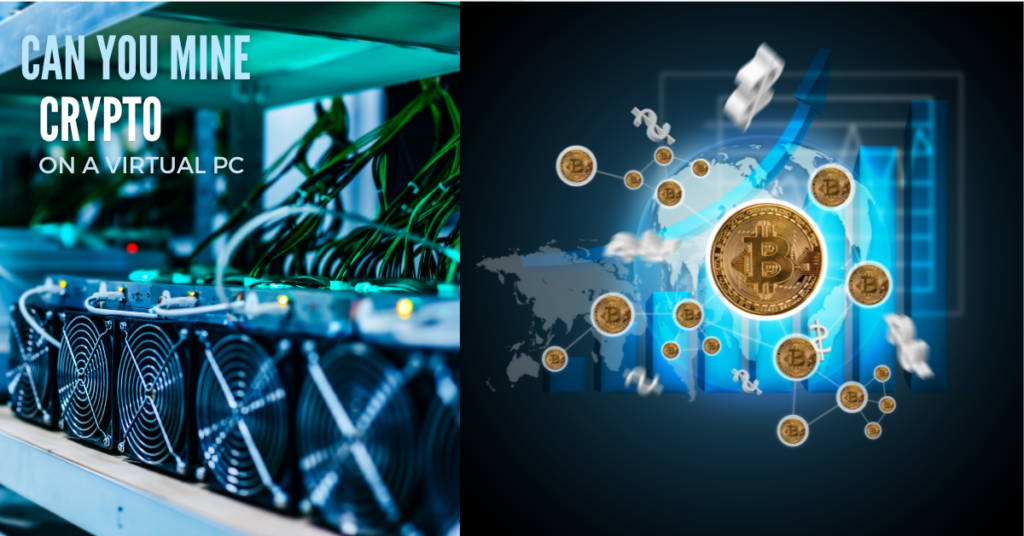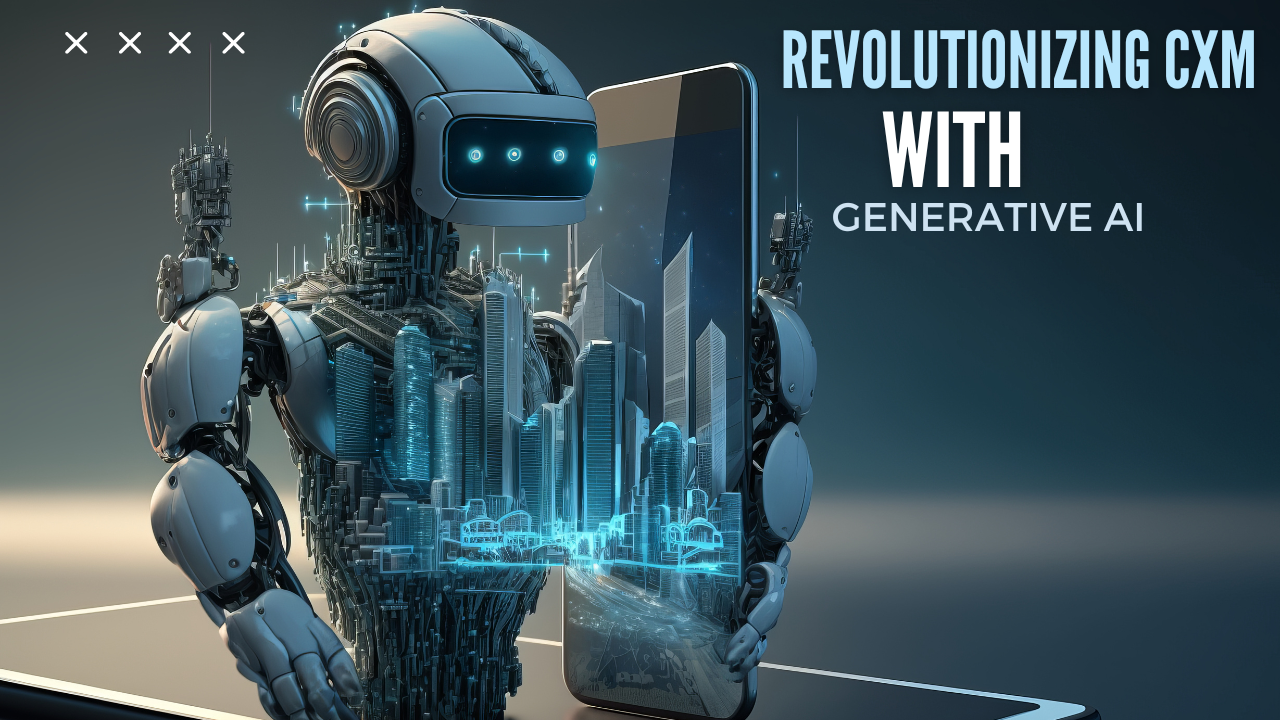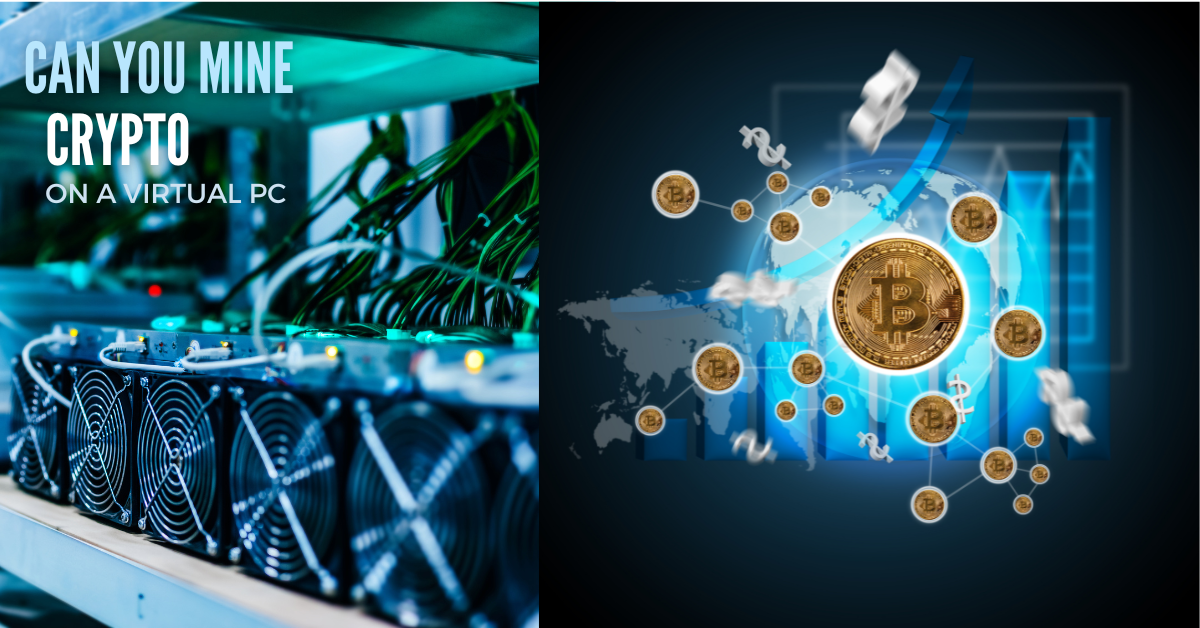Introduction
Cryptocurrency mining has become a popular method for individuals to earn digital currencies by utilizing their computer’s processing power. But what about mining crypto on a virtual PC? In this article, we will explore the possibilities and limitations of mining cryptocurrencies on a virtual machine, discussing the technical aspects, potential challenges, and considerations to keep in mind.
Understanding Virtual PCs and Mining
What is a Virtual PC?
A virtual PC, also known as a virtual machine (VM), is a software emulation of a physical computer. It allows users to run multiple operating systems simultaneously on a single physical machine. Virtual PCs are commonly used for various purposes, such as software development, testing, and running applications in isolated environments.
Cryptocurrency Mining Basics
Cryptocurrency mining involves using computational power to solve complex mathematical problems, which validates transactions on a blockchain network. Miners are rewarded with newly minted coins for their contribution to the network’s security and consensus mechanism. Traditional mining setups often involve specialized hardware, such as ASICs (Application-Specific Integrated Circuits) or powerful graphics cards (GPUs).
Mining Crypto on a Virtual PC: Possibilities and Limitations
Technical Feasibility
In theory, it is possible to mine crypto on a virtual PC since mining primarily relies on computational power. Virtual machines can allocate CPU and GPU resources, which are essential for mining. However, there are several factors that can limit the efficiency and profitability of mining on a virtual PC.
Performance Limitations
Virtual PCs typically have limited resources compared to dedicated mining rigs. The allocated CPU and GPU resources may not be as powerful as those in a physical machine, resulting in slower mining speeds and reduced profitability. Additionally, virtual machines often share resources with other running VMs, which can further impact mining performance.
Energy Efficiency
Mining cryptocurrencies requires a significant amount of energy, and virtual PCs may not be as energy-efficient as purpose-built mining rigs. Virtualization introduces additional overhead, which can increase power consumption and reduce the overall efficiency of mining operations.
Hardware Limitations of virtual PC
Virtual PCs may not support certain hardware features required for efficient mining. For example, some virtualization platforms do not provide direct access to the GPU, limiting the mining capabilities of graphics card-dependent cryptocurrencies. Additionally, virtual machines may not support hardware overclocking, which can further impact mining performance.
Cost Considerations
Mining cryptocurrencies on a virtual PC can incur additional costs. Virtualization software often requires a license or subscription, adding to the overall expenses. Moreover, the increased energy consumption and wear on the hardware may result in higher electricity bills and potential hardware degradation.
Alternatives to Mining on a Virtual PC
Cloud Mining
Cloud mining services offer an alternative to mining on a virtual PC. These services allow users to rent mining hardware and computing power from remote data centers. Cloud mining eliminates the need for hardware maintenance and reduces energy costs. However, it is important to research and choose reputable cloud mining providers, as the industry has seen its share of scams and fraudulent operations.
Staking and Masternodes
Instead of traditional mining, some cryptocurrencies offer staking or masternode systems. Staking involves holding a certain amount of coins in a wallet to support the network’s operations and validate transactions. Masternodes, on the other hand, require users to hold a significant number of coins and provide additional services to the network. Both staking and masternodes can generate passive income without the need for extensive computational power.
Conclusion about mining crypto on a virtual PC
While it is technically possible to mine cryptocurrencies on a virtual PC, there are several limitations and considerations to keep in mind. Virtual machines may not offer the same level of performance, energy efficiency, and hardware support as dedicated mining rigs. Additionally, the costs associated with virtualization software and potential hardware degradation should be taken into account.
Exploring alternatives such as cloud mining, staking, or masternodes can provide more efficient and cost-effective ways to participate in cryptocurrency mining. As the crypto industry continues to evolve, it is important to stay informed about the latest mining trends and technologies to make informed decisions.
Remember, mining cryptocurrencies is a complex process that requires careful consideration of factors such as hardware, energy costs, and profitability. It is advisable to do thorough research, consult with experts, and consider your individual circumstances before embarking on any mining endeavors.
Click here to learn more about cryptocurrencies, blockchain technology, and the exciting world of digital finance.
Disclaimer: The information provided in this article is for informational purposes only and should not be considered financial or investment advice. Always do your own research and consult with a professional before making any investment decisions.





